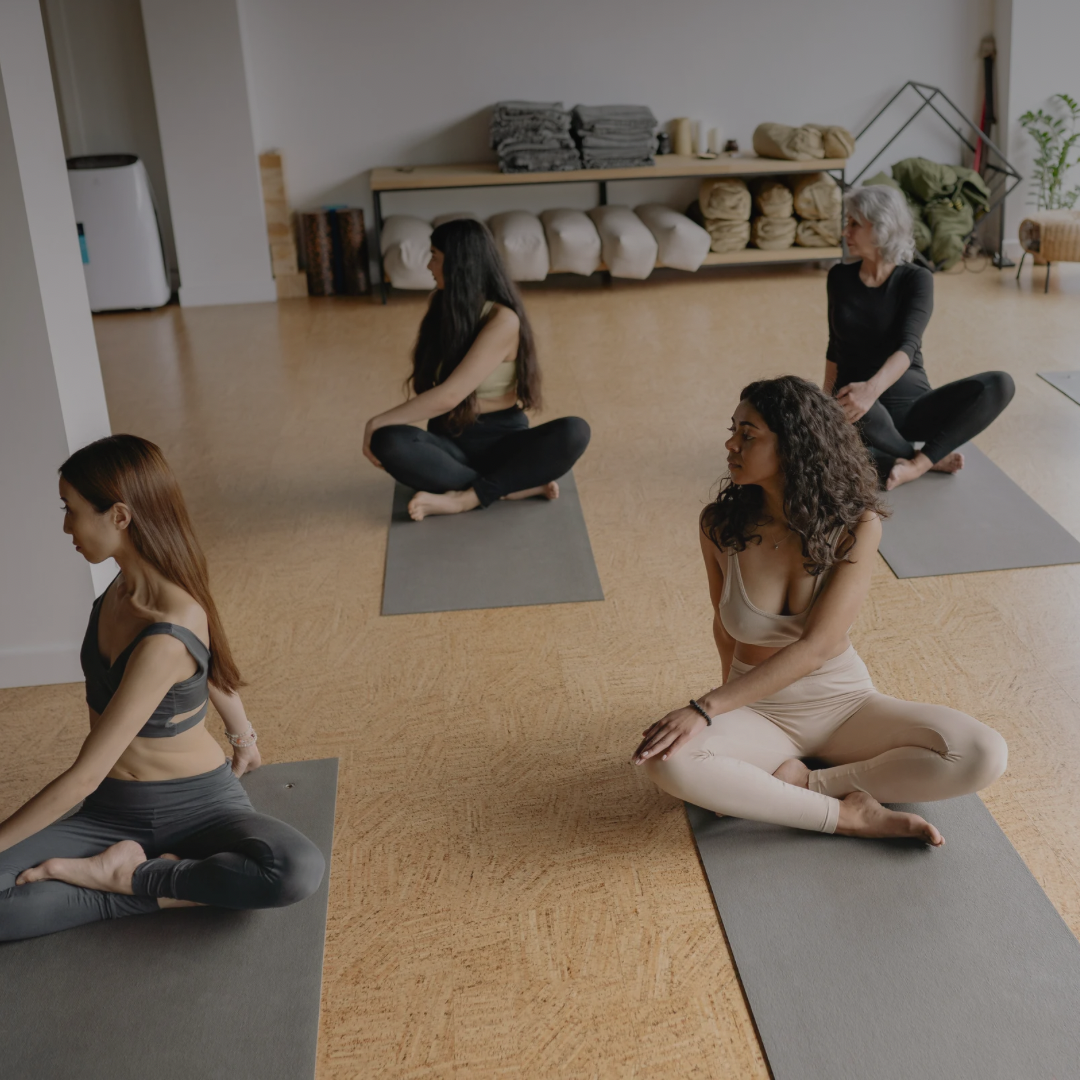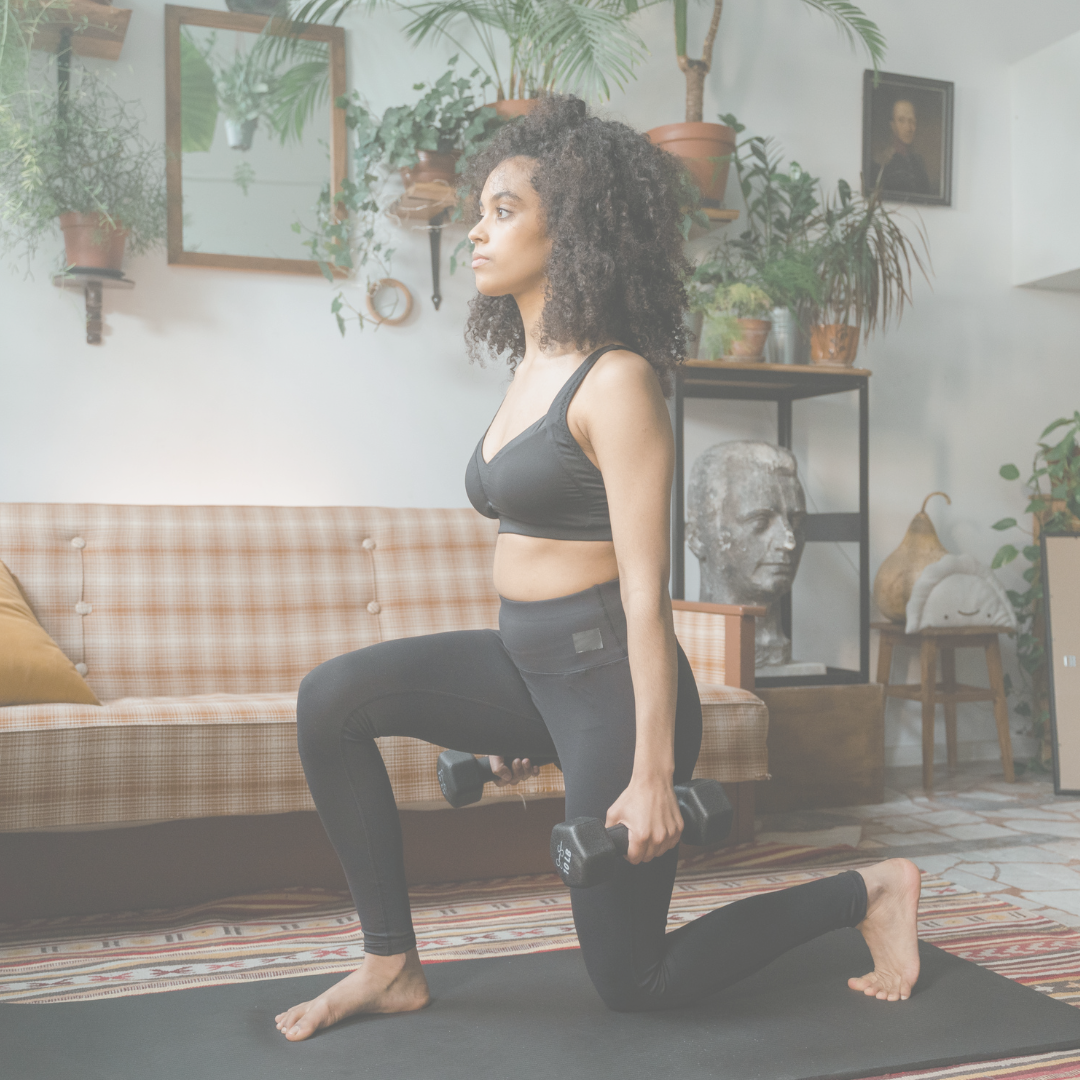Why Hormones Matter for Women’s Health
Hormones regulate nearly every system in the body—from mood and energy to weight, sleep, and metabolism. When they fall out of balance (whether from stress, PCOS, perimenopause, thyroid disorders, or lifestyle factors), symptoms can include fatigue, brain fog, irregular cycles, stubborn weight gain, and mood changes.
Exercise is not a cure-all, but research shows it can play a major role in bringing hormones back into balance by lowering cortisol (the stress hormone), improving insulin sensitivity, boosting serotonin and dopamine, and supporting healthy estrogen and progesterone rhythms.
Best Types of Exercise for Hormonal Balance
1. Strength Training
Lifting weights or using resistance bands helps regulate insulin levels, improves body composition, and stimulates growth hormone production—key for fat metabolism and recovery.
-
Frequency: 2–4 times per week
-
Focus: Compound lifts (squats, deadlifts, presses, rows) + core strength
2. Low-Impact Cardio
Walking, cycling, or swimming helps manage cortisol without over-stressing the body.
-
Frequency: 30–45 minutes, 3–5 times per week
-
Tip: Morning walks in natural sunlight can also regulate circadian rhythms and support better sleep.
3. Yoga & Pilates
These movement styles improve flexibility, reduce stress, and activate the parasympathetic nervous system, which lowers cortisol. Yoga in particular has been linked to reduced PMS symptoms and improved cycle regularity.
-
Frequency: 1–3 times per week
4. HIIT (High Intensity Interval Training)—in Moderation
Short bursts of high effort followed by rest can boost insulin sensitivity and fat oxidation, but too much can spike cortisol.
-
Frequency: 1–2 sessions per week max
Sample Weekly Hormone-Friendly Workout Plan
-
Monday: Strength training (full body) – 45 min
-
Tuesday: 30 min brisk walk or light cycling
-
Wednesday: Yoga or Pilates – 40 min
-
Thursday: Strength training (lower body) – 45 min
-
Friday: Restorative walk outdoors – 20–30 min
-
Saturday: HIIT circuit – 20 min
-
Sunday: Rest or gentle stretching
Supporting Hormone Balance Beyond the Gym
-
Nutrition: Pair protein with fiber-rich carbs and healthy fats for stable blood sugar.
-
Sleep: Aim for 7–9 hours, as disrupted sleep throws off cortisol and growth hormone.
-
Stress Management: Breathwork, meditation, and journaling can lower cortisol and support hormonal repair.
Helpful Resources & Backlinks
Final Thoughts
Exercise is one of the most powerful tools women can use to support hormonal health. The key is balance: too much high-intensity work can backfire, while a mix of strength, low-impact cardio, and restorative practices creates the ideal environment for hormones to thrive.
⚠️ Disclaimer: This blog is for informational purposes only and is not medical advice. If you suspect a hormonal imbalance, consult with your healthcare provider before beginning a new exercise program.
Read more

Learn how diet impacts PCOS symptoms like insulin resistance, weight gain, and fatigue. Explore nutrition tips, foods to eat, and foods to avoid.

Discover the powerful benefits of shilajit for women, including hormonal balance, fertility, energy, skin health, and anti-aging support.

